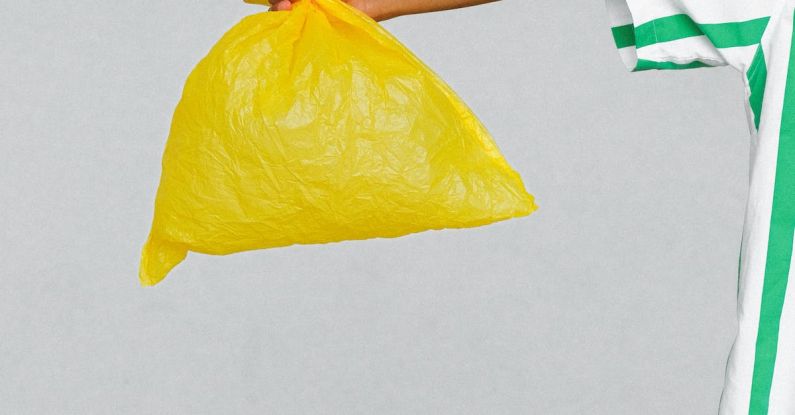How to Reduce Plastic Use in Your Household?
Plastic has become an integral part of our daily lives, but its overuse is causing significant harm to the environment. From plastic bottles to food packaging, our reliance on plastic has led to pollution and devastating effects on ecosystems. However, there are simple steps we can take to reduce plastic use in our households and make a positive impact on the planet. In this article, we will explore some practical tips to help you minimize your plastic consumption.
1. Swap Single-Use Plastics for Reusable Alternatives
One of the easiest ways to reduce plastic use is by replacing single-use items with reusable alternatives. Invest in a reusable water bottle and coffee cup to avoid using disposable cups and bottles. Similarly, use cloth bags instead of plastic ones when shopping for groceries. By making these small changes, we can significantly reduce the amount of plastic waste generated.
2. Opt for Loose Produce and Bulk Items
When grocery shopping, try to choose loose produce instead of pre-packaged items. Many fruits and vegetables come with unnecessary plastic packaging, which can easily be avoided by selecting loose produce. Additionally, purchasing items in bulk with minimal packaging can help reduce plastic waste. Look for stores that offer bulk bins for items like grains, nuts, and spices, and bring your own reusable containers to fill up.
3. Avoid Plastic Wrap and Use Beeswax Wraps
Plastic wrap is commonly used to keep food fresh, but it is not biodegradable and often ends up in landfills or oceans. An eco-friendly alternative to plastic wrap is beeswax wraps. These reusable wraps are made from cotton fabric coated in beeswax, making them a sustainable choice for storing food. Beeswax wraps can be used to cover bowls, wrap sandwiches, or store leftovers, reducing the need for single-use plastic wrap.
4. Choose Glass or Stainless Steel Containers
Instead of storing food in plastic containers or bags, opt for glass or stainless steel containers. These alternatives are not only safer for your health, as they do not leach harmful chemicals into your food, but they are also more durable and can be reused for years. Glass jars and containers are especially useful for storing leftovers or pantry staples like grains, beans, and spices.
5. Make Your Own Cleaning Products
Many cleaning products come in plastic bottles and contain harmful chemicals. By making your own cleaning products, you can reduce plastic waste and avoid exposing yourself to toxic substances. Simple ingredients like vinegar, baking soda, and lemon juice can be used to make effective cleaners for various household surfaces. There are countless online resources that provide easy-to-follow recipes for homemade cleaning solutions.
6. Support Companies with Sustainable Packaging
When purchasing products, choose brands that prioritize sustainable packaging. Look for companies that use minimal or recyclable packaging materials. Additionally, consider buying products in larger sizes, as they often require less packaging compared to smaller versions. By supporting companies that prioritize sustainable packaging, you can encourage others to follow suit and contribute to a reduction in plastic waste.
In conclusion,
Reducing plastic use in our households is a crucial step towards protecting the environment. By making simple changes like swapping single-use plastics for reusable alternatives, avoiding plastic wrap, choosing glass or stainless steel containers, making your own cleaning products, and supporting companies with sustainable packaging, we can significantly reduce our plastic consumption. It is essential for each individual to take responsibility for their plastic use and make conscious choices that benefit the planet. Let’s work together to create a plastic-free future for generations to come.






